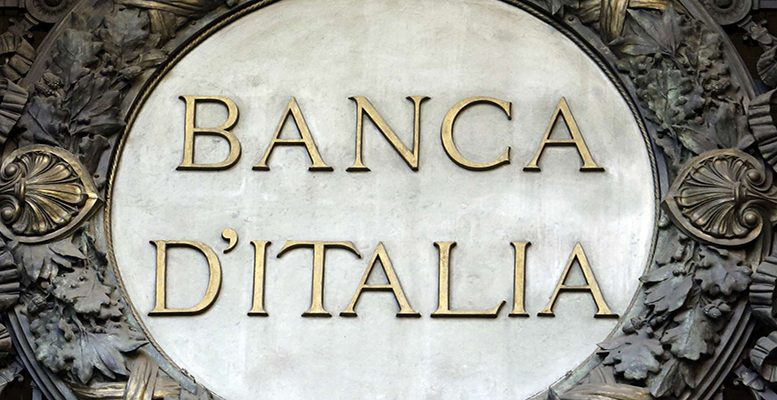The Bank of Italy (BoI) set an upbeat tone in its latest Financial Stability Report from November 24, 2017. To support the claim that risks are diminishing in the banking sector, the report highlighted:
“The resolution of crises at some banks during the summer has boosted share prices and reduced the cost of funding. New non-performing loans are decreasing as the economic recovery continues; the stock of outstanding NPLs is also falling sharply. A number of bad loan sales have been completed while others, involving large amounts, are being finalized. Italian banks’ capitalization has begun to increase again.”
Indeed, Agnieszka Gehringer senior analyst at Flossbach von Storch Research Institute points that the stock of NPLs and of their most problematic category, bad debts, declined in the first half of 2017. She also says that the coverage ratios – defined as the loan loss reserves on bad or non-performing loans relative to their respective gross amounts – continued to increase (Figure 1). The strong accumulation of bad debts since the Great Financial Crisis took place despite high levels of coverage ratios, which points to deeper economic problems behind this accumulation. Moreover, Agnieszka Gehringer comments:
The recent reduction in the stock (net exposures) of non-performing loans from €191 billion in June 2016 to €151 billion in June 2017 is mainly due to €26 billion of loans written off from balance sheets of four large banks. These are one-off effects, which improve aggregate credit quality indicators. The credit quality of other banks has changed only little.
However, the BoI’s assessment could create a false sense of security for still another reason. In the course of the economic recovery, the quality of credit tends to improve for cyclical reasons. But banks’ credit risk models capture this as a structural improvement, allowing banks to reduce their credit loss provisions. When the cycle turns, banks have insufficient reserves to cover credit losses in the downturn.
The perils of cyclical accounting rules
Moreover, due to cyclicality in credit risk modelling, provisions for bad credits started to diminish of late as economic conditions have improved. This is likely to create problems in the future as cyclical behavior in the provisioning for credit losses can be observed in data for a sample of the 16 largest Italian banks. The analyst at Flossbach von Storch Research Institute explains:
Under favorable economic conditions banks tend to be more optimistic on the performance of their loans and set lower credit loss provisions. This has apparently been the case since 2014 – a period with a higher (although still weak) average GDP growth of 0.89%. In this period, the cost of credit fell from 2.9% in 2014 to 1.9% in 2016. Also, between 2010 and 2011 the cost of credit remained low as the economy rebounded from the recession of 2008-09. Against this, Italy’s GDP growth was negative between 2012 and 2013 and this lifted credit loss provisions by banks.





